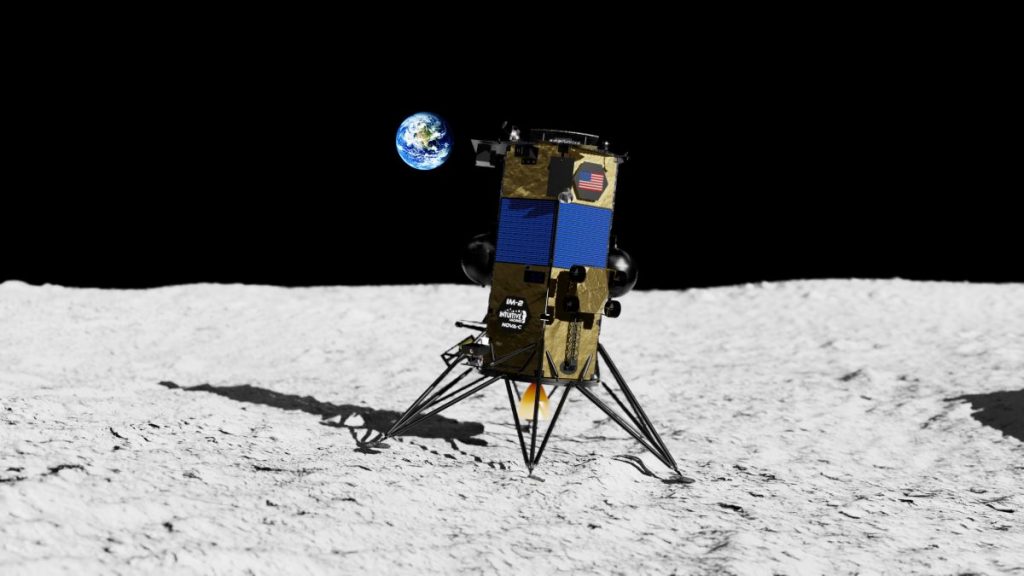A startup company is betting big on sending human DNA to the surface of the moon.
Space Crystals LLC plans to crystallize client DNA in space and put those stable crystals on the surface of the moon via lunar landers. Space Crystals has booked payload space for its first such delivery on a lander mission in 2023, company representatives said.
The tech, backed by commercial spaceflight company Waypoint 2 Space and its founder Kevin Heath, costs $150,000 for customers and is meant to “preserve one’s existence in the universe,” the company said in a press release Monday (Oct. 17). (Sign-up details are not yet available, and the website is not active.)
Related: Never-before-seen crystals found in perfectly preserved meteorite dust
The concept involves infusing two crystalline solutions with client DNA, and then launching the solutions to space to grow into “two separate and unique crystals,” according to Space Crystals.
The tech is unique and patent pending, with Space Crystals saying DNA infusion of a crystal in space has never been done before. (The microgravity conditions spaceflight provides allow crystals to grow into unique shapes during every mission, rather than the consistent shapes seen on Earth, the company adds.)
The crystals are then brought back to Earth, with one given to the client and the other relaunching to space, but this time to the moon along with a “time capsule” containing 1 gigabyte of client personal data, the company added.
Heath’s resume includes contributing to the SpaceShipOne program that launched the first commercial crewed spacecraft to the final frontier twice in 2004, along with experience at startups, Fortune 500 companies and U.S. government military organizations like the Defense Advance Research Projects Agency (DARPA).
Related: Space may be the best place to grow bone formation protein crystals
While we don’t yet know which lunar lander Space Crystals will use for its debut moon voyage next year, there are a couple of options under NASA‘s Commercial Lunar Payloads Services (CLPS) program. CLPS is meant to support science and the NASA-led Artemis program that aims to land astronauts on the moon later in the 2020s.
Astrobotic Technology is expected to debut its Peregrine lunar lander in 2023 and has agreed to acquire former competitor Masten Space Systems, which filed for bankruptcy earlier this year. The fate of Masten’s $75.9 million CLPS contract has not yet been disclosed, however. At the time of acquisition in September, Astrobotic emphasized the continuation of Masten tech, including its propulsion work and vertical takeoff and vertical landing (VTVL) advances.
Intuitive Machines is expected to launch a pair of missions in 2023, including an ice-drilling robot at the moon’s south pole. Intuitive plans to launch its missions atop SpaceX Falcon 9 rockets and was recently valued at north of $1 billion amid a merger that may bring it on to the Nasdaq, if all is approved.
Follow Elizabeth Howell on Twitter @howellspace (opens in new tab). Follow us on Twitter @Spacedotcom (opens in new tab) or Facebook (opens in new tab).

